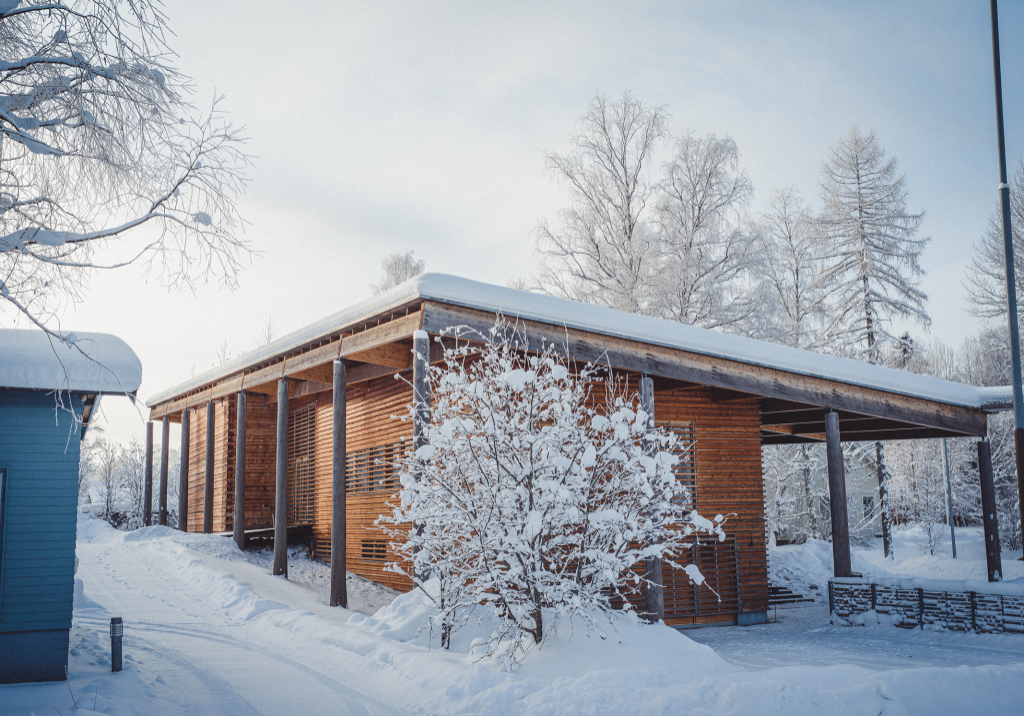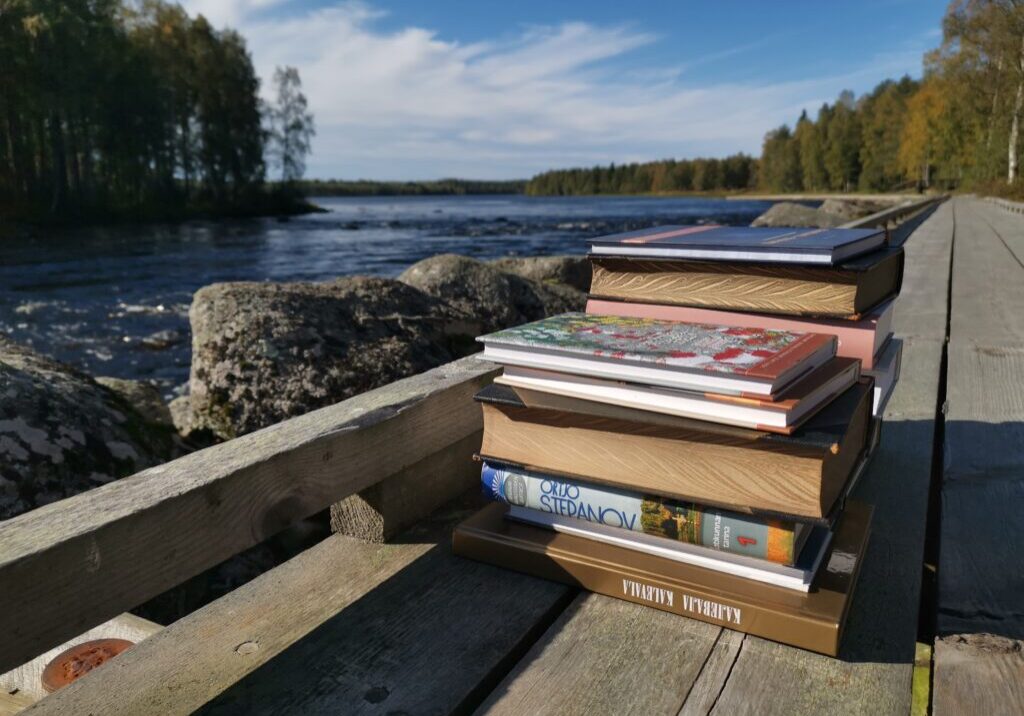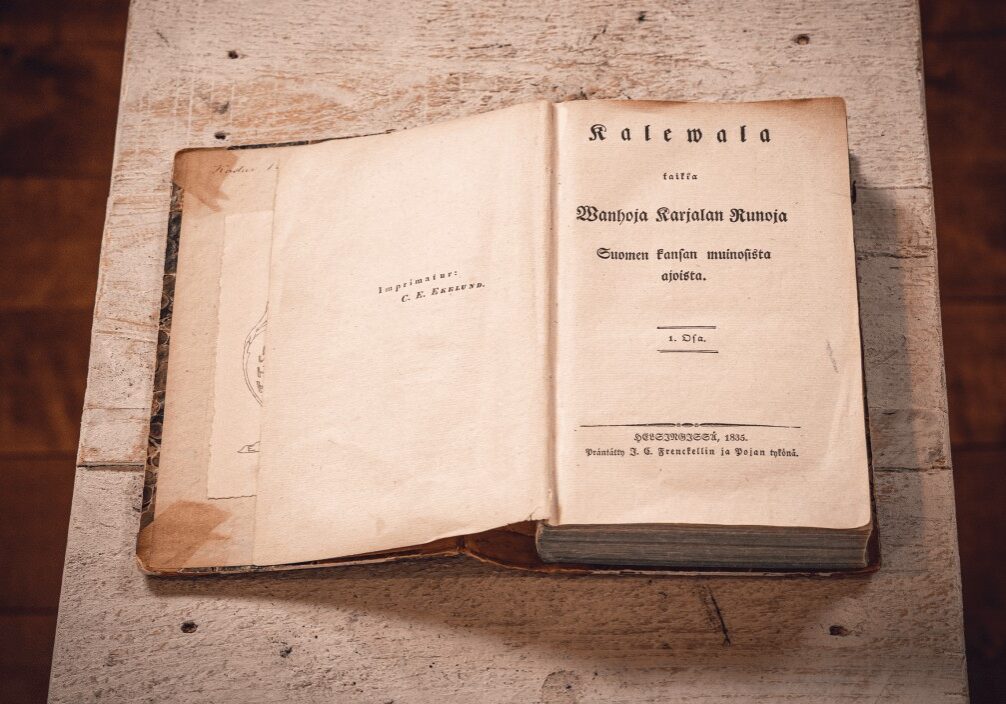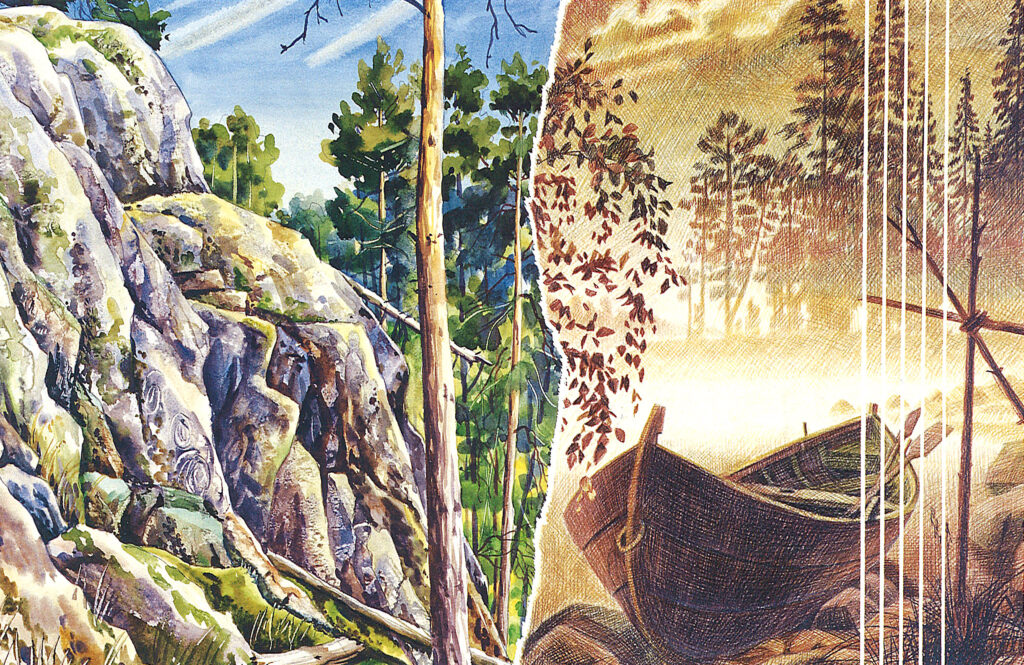
This trip is always regarded as a single journey, however, because certain objectives were set for it and he had received a grant to finance it. At the beginning Lönnrot went towards the northern part of the Karelia of the White Sea, to the Kola pensinsula until Lapland. He came back to Kajaanu at the beginning of May (1837), before proceeding towards south.
Route of the first part (16.9.1836 - May 1837):
Kajaani - Paltamo - Ristijärvi - Hyrynsalmi - Kianta - Lonkka - Vuonninen - Jyvöälahti - Uhtua - Ohta - Pistojärvi - Suvanto - Makari - Tuhkala - Katosalampi - Akkala - Käpäli - Suurijärvi - Vaarakylä - Skiitta - Pyhäsaari - Kuusamo - Pääjärvi - Majavalahti - Heinäjärvi - Jäletjärvi - Uusikylä - Kiretti - Kannanlahti - Kuola - Muotka - Petsamo - Paatsjoki - Näytämö - Inari - Sodankylä - Kuusamo and Kajaani.
Lönnrot was joined for the beginning of the first phase by J.F. Cajan, a university student.
Second part (1837)
Lönnrot tells about the second part of the trip in Kainuu (6.6. - November 1837). He did not only describe the itinerary, but depicted sharply what he saw and experienced. Beyond the border the journey continued towards south. Lönnrot went back to Kajaani after 6 months.
Route of the second part:
Paltamo - Ristijärvi - Hyrynsalmi - Kianta - Kivijärvi - Tšena - Vuokkiniemi - Kostamus - Kontokki - Luvajärvi - Repola - Pielinen - Ilomantsi - Eno - Liperi - Rääkkylä - Tohmajärvi - Kitee - Ruskeala - Sortavala - Jaakkima - Kurkijoki - Parikkala - Rautjärvi - Ruokolahti - Joutseno - Lappee - Lappeenranta - Lemi - Savitaipale - Taipalsaari - Ruokolahti - Sääminki - Kerimäki - Liperi - Kontiolahti - Juuka - Nurmes and Kajaani.
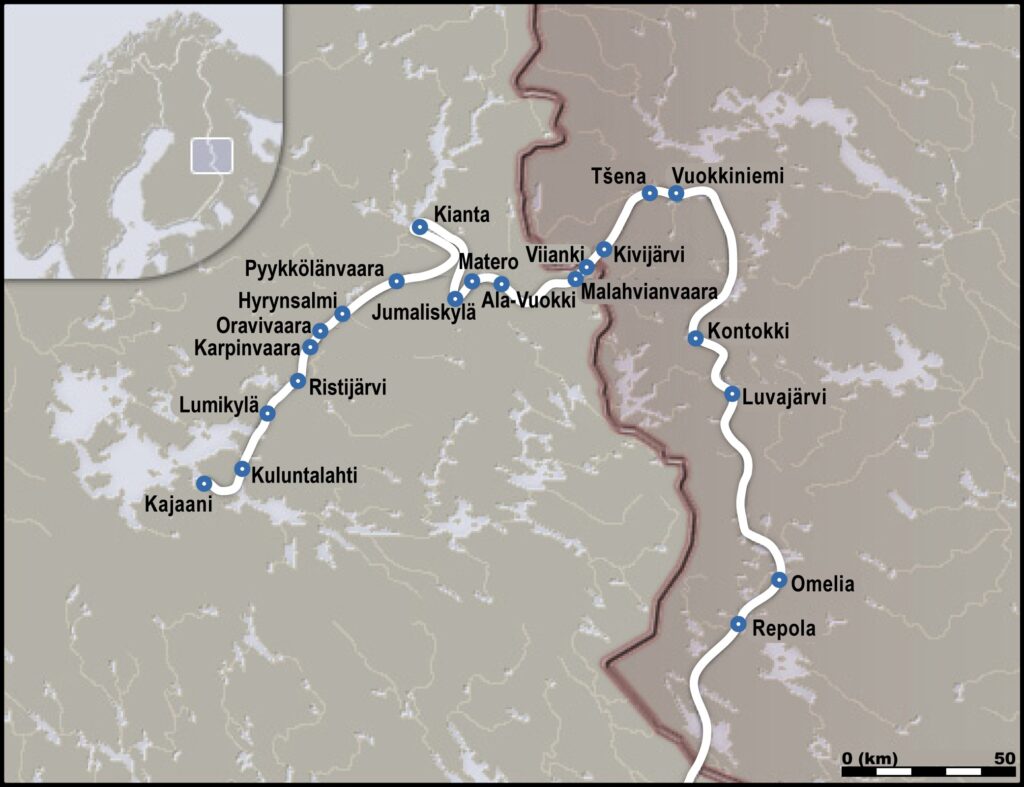
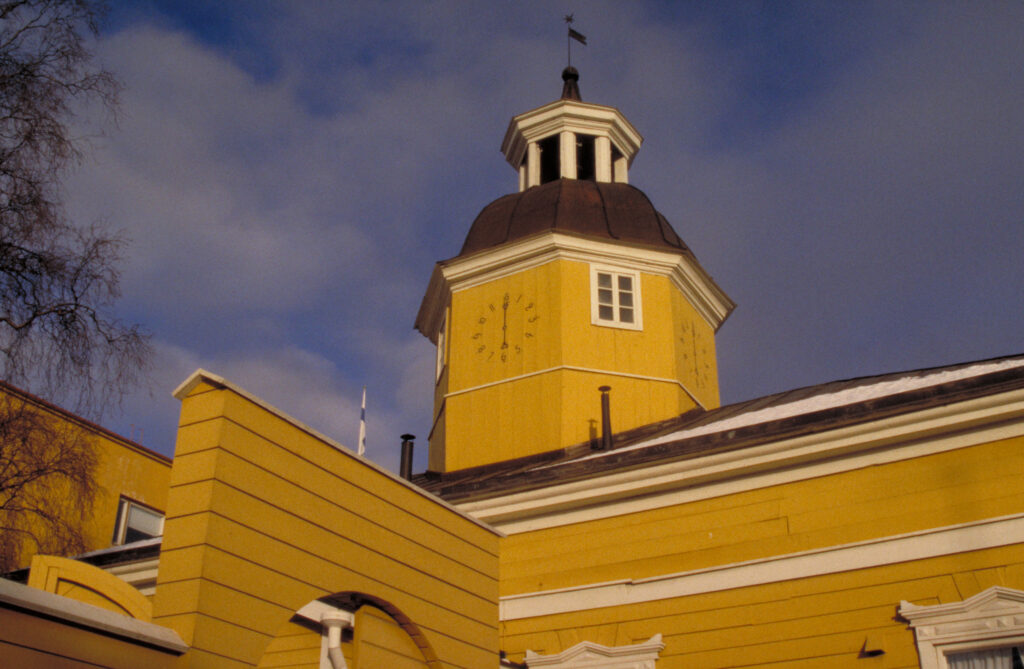
The trip continued across the border and ended back on the Finnish side in Sortavala at the end of August. After that, Lönnrot continued collecting poems in Savo and Finnish Karelia before returning to Kajaani in November.
Väinö Kaukonen points out that Lönnrot's collections have surprisingly few notes on what he found during the early part of his trip; the latter part yielded much more material - with the exception of narrative poems, of which only some 1.100 lines were collected. For example, Lönnrot recorded 5.900 lines of lyric poems and spells, as well as proverbs, riddles and fairy tales.
